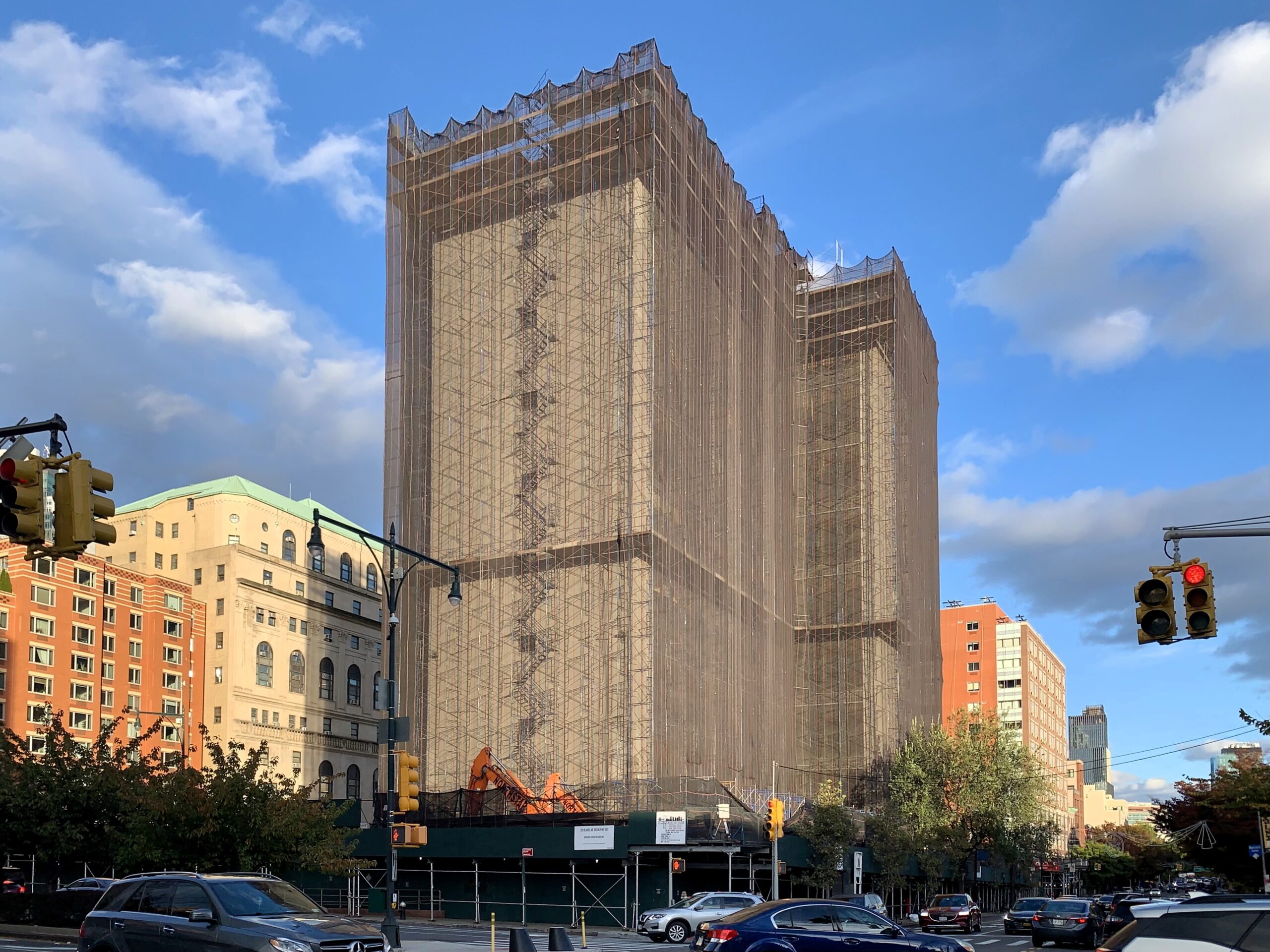Community: Broken commitments at supersized Atlantic Ave. jail in Brooklyn
More inmates, less parking, fewer mental health beds

The former Brooklyn Detention Center at 275 Atlantic Ave. in Boerum Hill is being demolished to make room for a controversial, $3 billion replacement. Photo: Mary Frost, Brooklyn Eagle
The design of the planned $3 billion Brooklyn Detention Center, at the site of the 70-year-old now-shuttered facility at 275 Atlantic Ave., has changed since an agreement was hammered out between the de Blasio administration and the community in 2019 — to the detriment of both the community and the inmates, residents and officials say.
Over the course of two public workshops and a presentation at Brooklyn’s Community Board 2, a number of changes have become apparent.
These include: